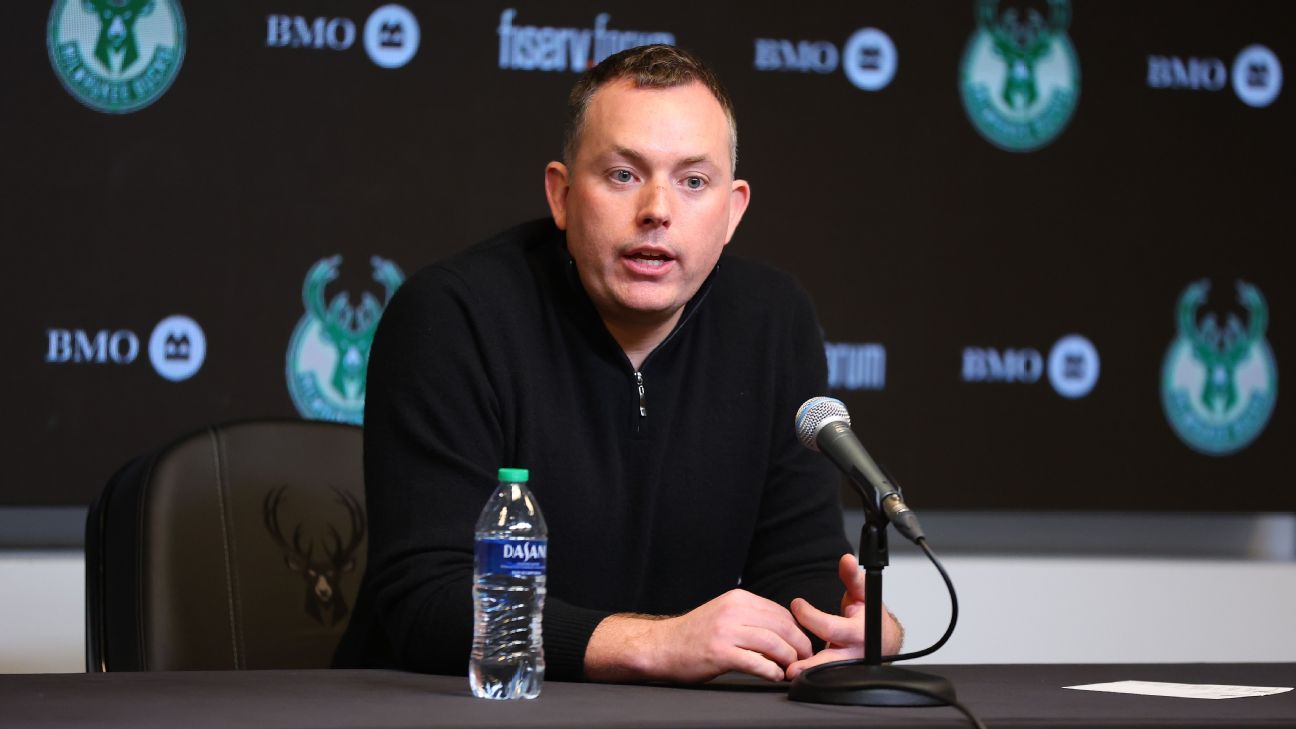
BROOKLINE, Mass. – The last time the world’s best assembled at The Country Club was the 1999 Ryder Cup, when Scottie Scheffler was a precocious 3-year-old who still lived in New Jersey and hadn’t started his path to being the world’s top-ranked player.
The last time the national championship made it to the south side of Boston Rory McIlroy wasn’t born.
As rich as Brookline’s history is, for the vast majority of this week’s U.S. Open field the composite course is very much an unknown, a mystery that, players have learned, defies modern definitions and comparisons.
“I’ve been most surprised by what players thought it was going to be like,” said Jason Gore, the USGA’s senior director of player relations. “They thought it was going to be like Oakmont and it is not.”
It’s strangely telling that the most common comparison to Brookline isn’t a golf course at all. For many, the similarities between The Country Club and storied Fenway Park are the best comparisons.
“Oh, it’s intimate,” agreed Gore when asked to characterize The Country Club.
Like Fenway, Brookline is all at once quirky and cozy. Unlike recent U.S. Opens at Torrey Pines, Winged Foot and Oakmont, Brookline doesn’t have the same big ballpark feel.
Instead, the 7,254-yard layout promises to be a more nuanced test complete with its own version of the Green Monster – the par-3 11th hole, which is listed at 130 yards on the official scorecard, but could play as short as 99 yards according to USGA officials.
“It's a little drop-down par 3,” said John Bodenhamer, the USGA’s chief championships officer. “It'll play at the most 140 yards, and we'll move it around a little bit, but it's a hole that everybody in the game can relate to. A little 140, 130, 120 yards. Maybe even two digits one day that we'll drop down to in playing that hole. Everybody can relate to this hole.”
This will be a U.S. Open. There is the ubiquitous rough (so much rough) and putting surfaces with plenty of movement and character, and the odds are beyond good that before the end of the week there will be more than a few complaints from players about the set up or conditions, or probably one too many blind tee shots.
The national championship is, regardless of whether the USGA wants to admit it, the most demanding test in major championship golf. That won’t change at Brookline, but the old course does come with a level of nuance that we haven’t seen in a minute.
“You find in most New England courses is the course has to kind of go with the terrain, so there's some funky shots. It's a little quirky,” said Keegan Bradley, this week’s resident expert having grown up in New England. “There's some blind shots. You're hitting down into fairways. The Country Club growing up was always this mystical place.”
What players have learned after three days of prep work is there’s no good comparison for this week’s venue – not Oakmont, not Winged Foot and certainly not Torrey Pines. There’s also no institutional knowledge.
Of the two dozen players who were around in ’99 for what was one of the most dramatic finishes in Ryder Cup history, just three – Phil Mickelson, Jim Furyk and Sergio Garcia – are playing this week’s U.S. Open.
There are no player connections to the 1988 U.S. Open that was played at The Country Club. Even those who played the 2013 U.S. Amateur at Brookline, a group that includes winner Matt Fitzpatrick, admit there’s not a ton of similarities between how the layout played then and now.
Perhaps the best historical comparison would be Merion Golf Club, the similarly venerable layout outside of Philadelphia. Although it’s not a square apples-to-apples match, there is a charm the two layouts share. There’s also history.
The USGA’s Bodenhamer explained Wednesday that before the ’13 U.S. Open at Merion, officials considered Brookline too cozy to host the enormous amount of infrastructure the national championship demands, but the ’13 championship convinced them that with a smaller footprint, and plenty of planning, the classics could be pulled back into the rotation.
The result is an entirely new U.S. Open played on an entirely unknown layout.
“It's going to be a good old-fashioned U.S. Open test,” Bodenhamer said.















 Phone: (800) 737. 6040
Phone: (800) 737. 6040 Fax: (800) 825 5558
Fax: (800) 825 5558 Website:
Website:  Email:
Email: 






